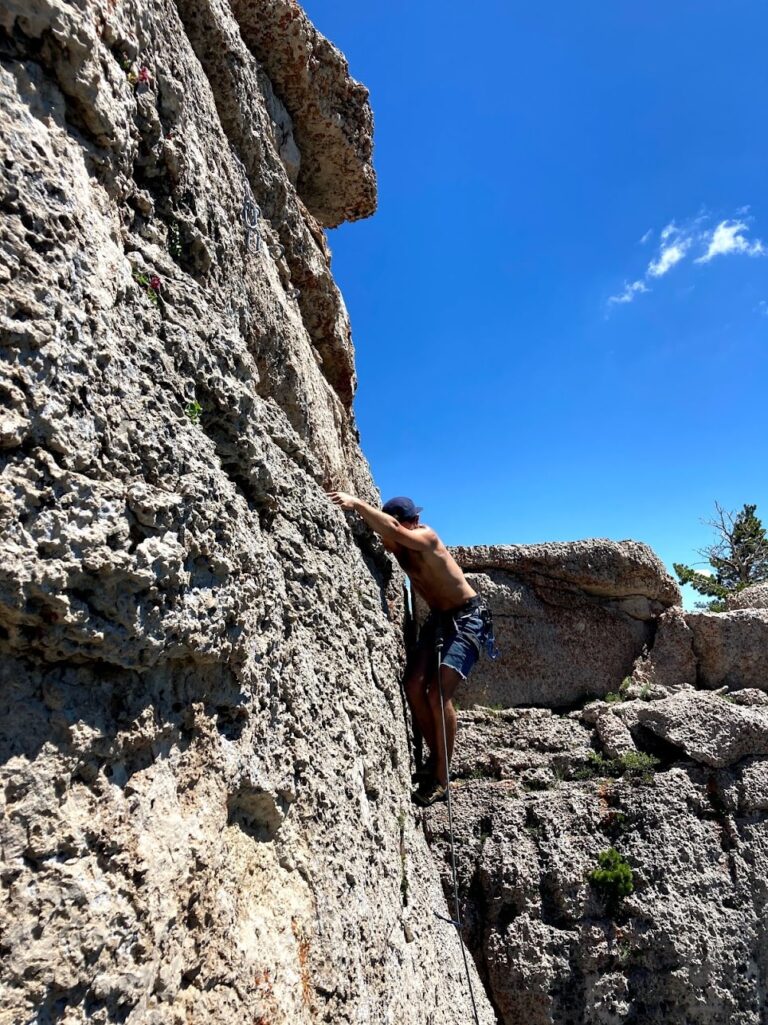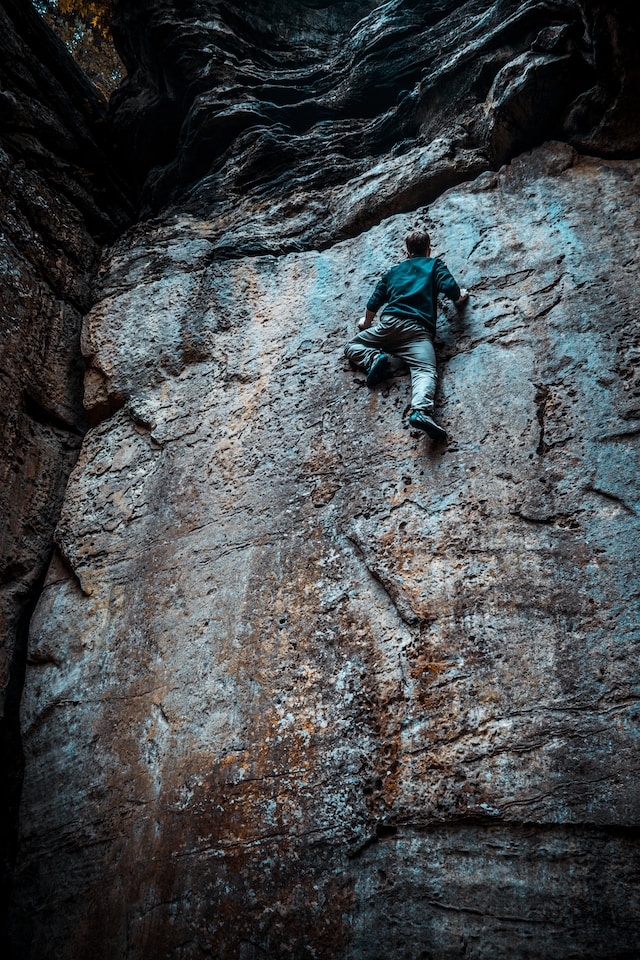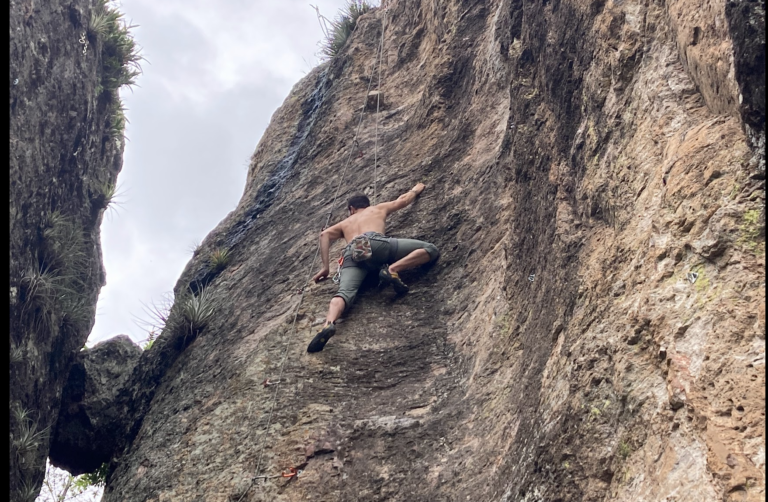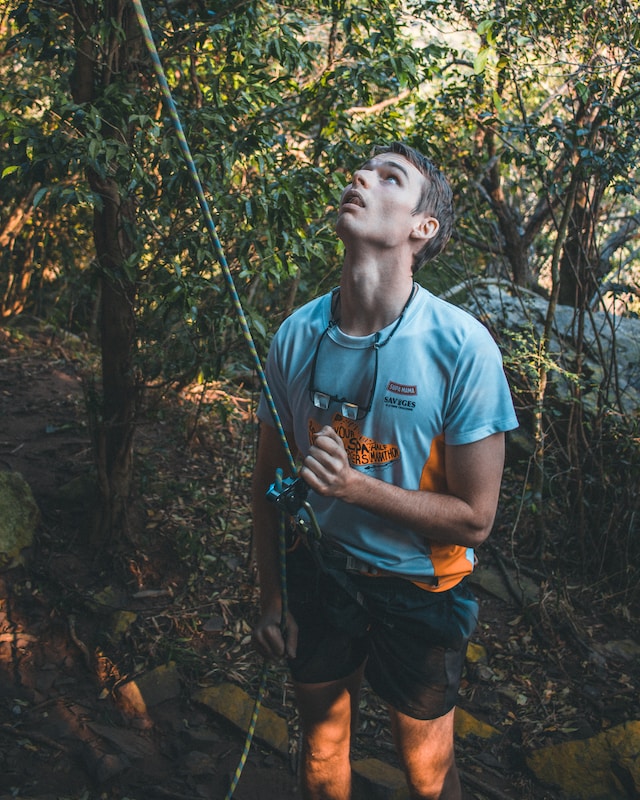What is Sport Climbing? Complete Guide for 2024
Last Updated on: 23rd January 2024, 01:37 pm
Free climbing and free soloing Top roping and leading. Bouldering and speed. Climbing has come a long way since its start, including its debut as an olympic sport. But even with all its new forms, the style of sport climbing has remained widely popular among new and veteran climbers alike.
With all the terminology and styles of climbing, understanding what sport climbing is can be a challenge. Especially when you are new. But relax, our writers at the Undercling are stoked to introduce you to the wonderful world of sport climbing.
Table of Contents
- What is Sport Climbing
- Sport climbing history
- Sport vs. Trad
- Sport climbing equipment checklist
- Sport climbing techniques
- Who is the best sport climber in the world?
- Sport climbing Wrap Up
What is Sport Climbing
Sport climbing is a style of rock climbing where climbers ascend a route equipped with pre-placed bolts for protection. Sport climbing emphasizes strength and technique, with climbers aiming to complete a route without falling also known as ‘sending’ a route. This style is a popular form of indoor and outdoor climbing, with competitions held around the world and recognized as an Olympic sport since 2021.

Sport climbing history
Sport climbing originated in Europe in the 1970s as a response to the increasing popularity of indoor climbing and the desire for a safer and more accessible form of climbing. Early sport climbers used fixed anchors, such as bolts, to protect their climbs, and the style quickly gained popularity due to its emphasis on athletic movement and the ability to push the limits of difficulty without the need for traditional gear placements.
The first sport climbing competitions were held in the 1980s, and the sport quickly grew in popularity around the world. The development of climbing gyms and the increasing popularity of climbing as a recreational activity helped fuel the growth of sport climbing, with new routes and areas being established in countries around the globe.
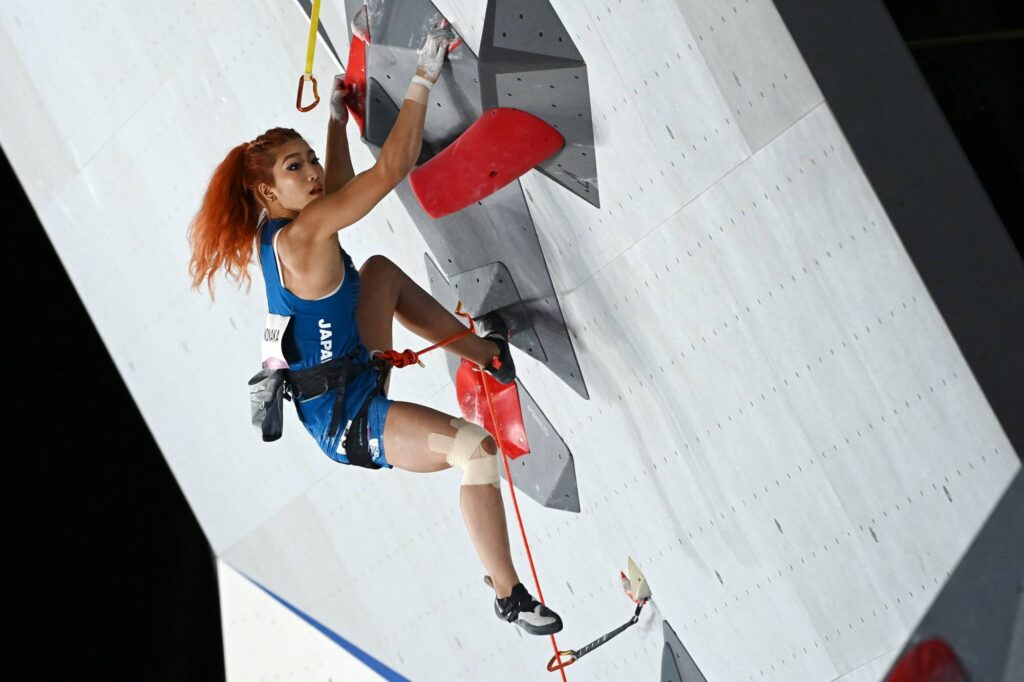
Today, sport climbing is recognized as an Olympic sport and has become one of the most popular forms of climbing worldwide. The sport continues to evolve with advances in equipment and climbing techniques, but its focus on athleticism and the pursuit of personal achievement remains at its core.
If you want a more detailed history of sport climbing, give Hangdog Days by Jeff Smoot a read. While it’s not a comprehensive list of every major event in sport climbing, it gives a great firsthand account of how the style came up and changed over the years.
Sport vs. Trad
Sport climbing and traditional (trad) climbing are two different styles of climbing. In sport climbing, climbers ascend a pre-bolted route and clip their rope into the bolts for protection. In contrast, trad climbing requires the climbers to place their own protection, such as nuts and cams, into cracks or other features in the rock. Trad climbing requires more technical knowledge as climbers rely on their gear placements to protect them from falls.
Both sport and trad climbing are loads of fun and offer a thrilling and rewarding hobby outdoors. If you want a full breakdown on these two styles, check out our article on sport vs trad climbing.
Sport climbing equipment checklist
The basic equipment needed for sport climbing is fairly simple, especially if you’re climbing in a gym. The basics are a pair of shoes, a harness, a belay device, and chalk. Gyms that offer lead climbing will have pre-bolted routes with anchors at the top. They also will often provide climbing ropes, but sometimes you’ll need to bring your own.
When you go outdoors, the list gets a bit longer. For starters, each climber will need a helmet to keep them safe from falling rocks and other hazards you might run into.
For actual gear, here’s the additional stuff you’ll need:
Climbing rope:
Pretty obvious but this is a big one. Make sure you have a rope suited for the area you’re climbing. Ropes come in different sizes, so make sure you pick the right size.
Quickdraws:
These carabiners attached by a piece of sturdy fabric called a dog bone are what you clip onto the bolts and then put the rope through.
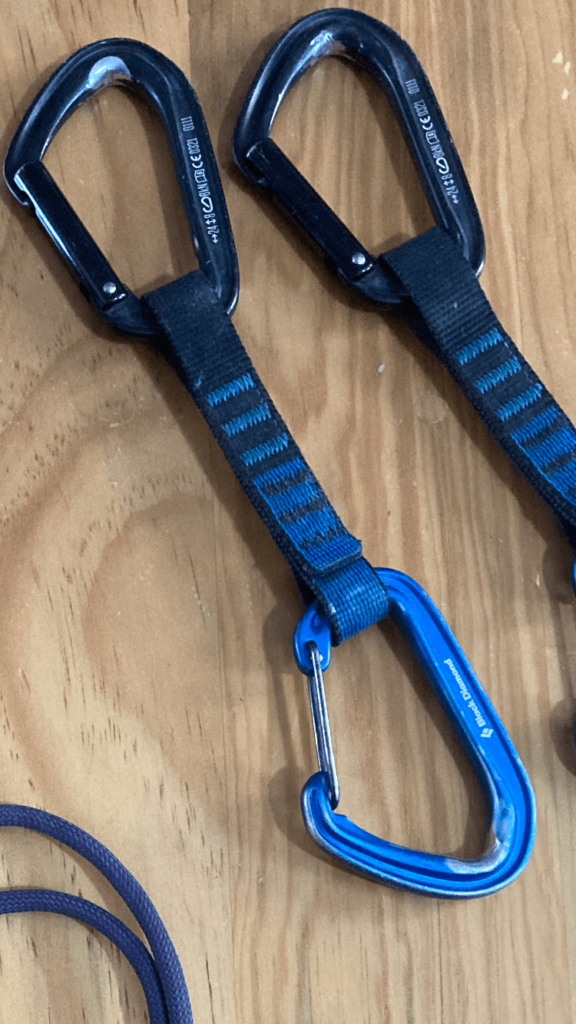
Anchor System:
An anchor system is what you put at the top of a route to lower off. You can use two QuickDraws (with the gates facing towards in opposite directions, but sometimes you need more. If the anchors aren’t even, an anchor system can help evenly distribute the weight of the climber.
Personal anchor system:
This is a cord that attaches to your belay loop, with a locking carabiner on the other end. You’ll need this in order to clean a route (remove your gear when you’re finished climbing).
Stick Clip:
Optional, but not required. A stick clip allows you clip into the first bolt of a route from the ground so you are protected fro, the moment you start climbing.
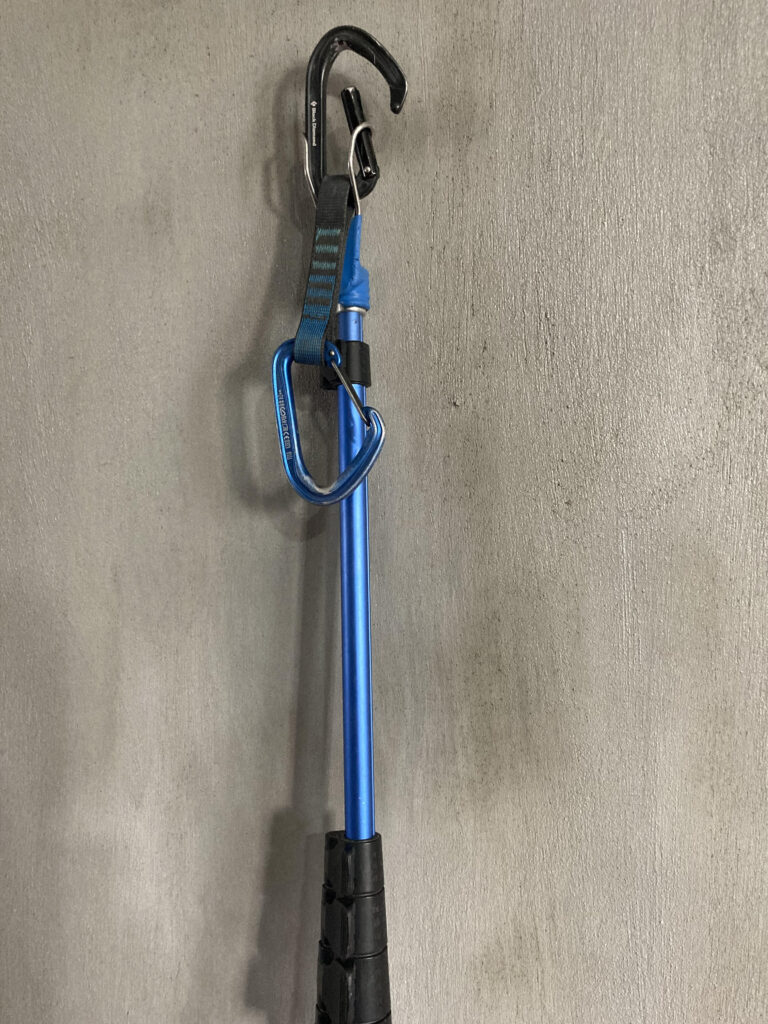
This is the basic equipment you need, but knowing how to use it is a different story. It’s best to learn with experience climbers and have them (quite literally) show you the ropes.
Sport climbing techniques
Sport climbing often requires a larger variety of moves and techniques than its trad counterpart. Trad lines need some sort of crack system in order to place gear and therefore, tend to require a similar range of moves.
Sport routes can be bolted anywhere there is solid rock — and that means you can encounter anything. You could find yourself climbing dihedrals and aretes utilizing opposite body motions. You could go from hauling through an overhang to climbing slab to crimping on tiny edges all in one route.
With an endless number of rock styles you could encounter, there are an endless list of techniques that could come in handy on the rock. If you’re just getting started, here are a couple that might be helpful.
Drop Knees
A “drop knee” helps climbers shift their weight, maintain balance, or grab a hold that is otherwise out of reach.
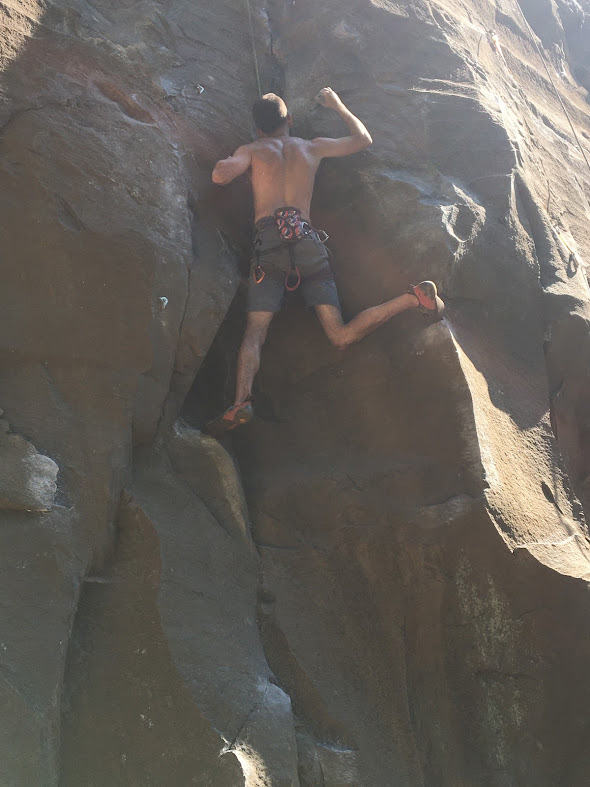
To perform a drop knee, begin with your body facing directly towards the wall. Pivot your heel away from your body and drop your knee in the opposite direction. This creates a twisting motion allowing you to shift your center of gravity to reach for holds or find a body position that takes less energy to maintain.
Locking Off
Locking off is a useful sport climbing technique to help climbers get more power from crimps.
When you are on a crimp, start by moving your thumb on top of your pointer finger. As you get ready to make your next move, press down with your thumb. This will help hold your hand in the crimping position and keep your body steady as you move for the next hold.
Smearing
Smearing” refers to a technique where a climber uses the rubber sole of their climbing shoes to press against the rock surface to create friction and maintain balance. This technique is perfect for climbing on smooth or featureless rock surfaces, or when there are no footholds available.
To perform a smear, a climber typically approaches the rock surface with their feet close together and their knees bent. The climber then places their foot against the rock surface and presses firmly against creating friction between the rubber sole of their shoe and the rock.
For a full list, check out our climbing technique guide coming soon!
Who is the best sport climber in the world?
The best outdoor sport climber in the world is Adam Ondra. He climbed the world’s first 5.15d in Norway, Silence. He has also logged numerous first accidents and flashes of 5.15 routes around the world.
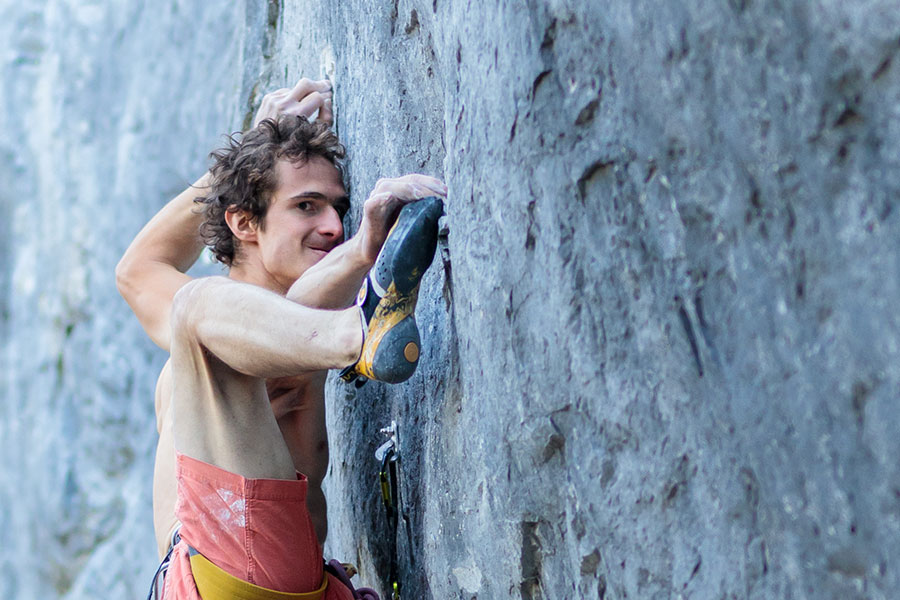
While there are other competition climbers that have outperformed Ondra on indoor sport climbs, he reigns superior in the outdoor arena which in my opinion, is where the title of best sport climber is really won.
While Ondra may be king of the sport world today, there have been quite a few trailblazers that led the way for him. The complete list is really long, but here’s a few:
Alan Watts
Tommy Cadwell
Chris Sharma
Lynn Hill
Sport climbing Wrap Up
Sport climbing is a thrilling and challenging sport that continues to gain popularity around the world. Whether you’re just figuring our what sport climbing is or have been doing it for years, sport climbing offers endless opportunities for growth and self-discovery.
By understanding the basics of the sport, from its history to techniques, you can take your climbing to the next level and experience the joy and satisfaction of pushing your limits. So grab your gear, find a route, and start climbing!
